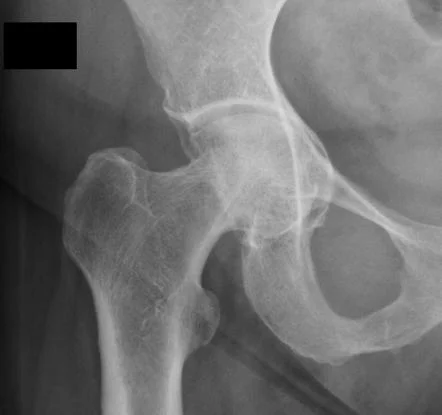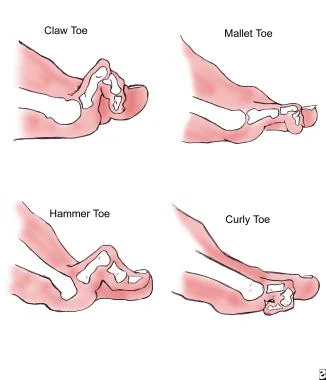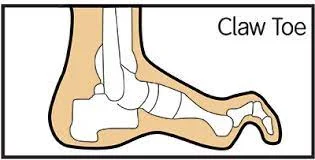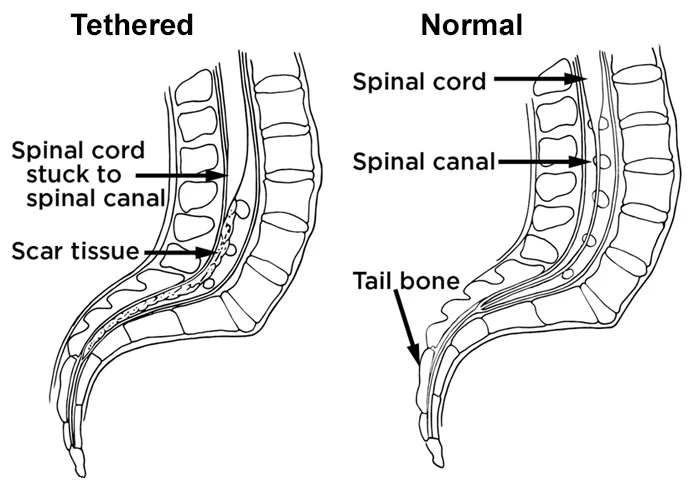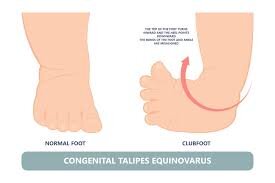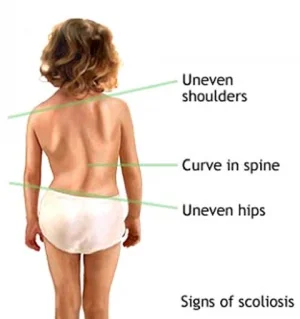Acetabular Protrusion
Table of Contents
What is a Acetabular Protrusion?
Acetabular protrusion, also known as acetabular overcoverage or protrusio acetabuli, is a condition involving the hip joint. It is characterized by the abnormal extension or protrusion of the acetabulum, which is the cup-shaped socket of the hip joint, into the pelvic cavity.
- The hip bone of the pelvic bone or girdle is composed of three (3) bones, the ilium, the ischium, and the pubis. In protrusion abnormality, there is the medial relegation of the femoral head in that the medial part of the femoral cortex is medial to the ilioischial line. The socket is very deep and may protrude into the pelvis.
Cause of Acetabular Protrusion
- Developmental factors: Acetabular protrusion can be congenital, meaning it is present at birth, and may be due to abnormal development of the hip joint during fetal growth.
- Acquired causes: It can also result from conditions such as osteoarthritis, rheumatoid arthritis, or other inflammatory joint diseases, which can cause structural changes in the hip joint over time.
Sign and Symptom
- Protrusio acetabuli may be asymptomatic. Limitation of joint range of motion (ROM) is the earliest sign, along with pain.
Classification
- Protrusio acetabuli is different into two (2) types, primary and secondary.
- Primary protrusion acetabuli are characterized by developing protrusion in middle-aged women and might be attached to osteoarthritis. They may be familial.
- Secondary protrusion acetabula’s causes comprise femoral head prosthesis, cup arthroplasty, septic arthritis, central fracture dislocation, or Total Hip Replacement (THR) surgery protrusion acetabuli may also be thought of as unilateral or bilateral. Unilateral protrusion acetabuli may because by tuberculous arthritis, trauma, and fibrous dysplasia. Bilateral protrusion acetabuli may be caused by rheumatoid arthritis, Paget’s disease, osteomalacia, Marfan syndrome, & ankylosing spondylitis.
Treatment of Acetabular Protrusion
The treatment for acetabular protrusion depends on the severity of symptoms and joint damage. Initially, conservative management may be attempted, including rest, physical therapy, pain relief medications, and activity modification.
In more severe cases, surgical intervention might be necessary. Surgical options can include:
- Hip arthroscopy: A minimally invasive procedure to remove any damaged tissue and address impingement.
- Periacetabular osteotomy (PAO): A surgical procedure to reposition the acetabulum and improve hip joint alignment.
- Total hip replacement: In severe cases of osteoarthritis and joint damage, a total hip replacement may be the best option to relieve pain and restore hip function.
Prognosis
- The protrusion may progress before the femoral neck impinges against the pelvis.
FAQs
The acetabular protrusion, also relevant as protrusion acetabuli, is the intrapelvic expatriation of the acetabulum and femoral head so that the femoral head systems medial to the ilioischial line. It should be discriminated against from coxa profunda.
Unilateral protrusion acetabuli may be arise from tuberculous arthritis, trauma, and fibrous dysplasia. Bilateral (B/L) protrusion acetabuli may be caused by rheumatoid arthritis(RA), osteomalacia, Marfan pattern, or ankylosing spondylitis.
For patients with much more advanced arthritis, total hip arthroplasty with lateralization of the mug to a usual position provides a predictable long-term solution.
A surgeon requires to repair most acetabular fractures with surgery. Turning on the pattern and severity of your injury, your surgeon may execute Open reduction and internal fixation (ORIF): With an ORIF, your surgeon places the bone fragments back in place.
Protrusio acetabula is an occasional pathologic morphology of the hip in which the femoral head protrudes into the true pelvis. It is a detected cause of hip pain and osteoarthritis in young adults.

